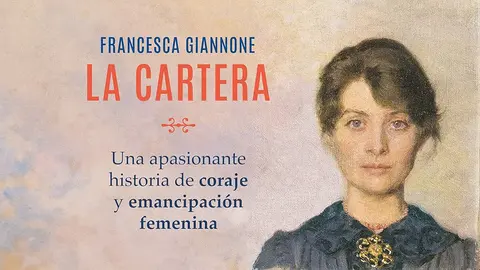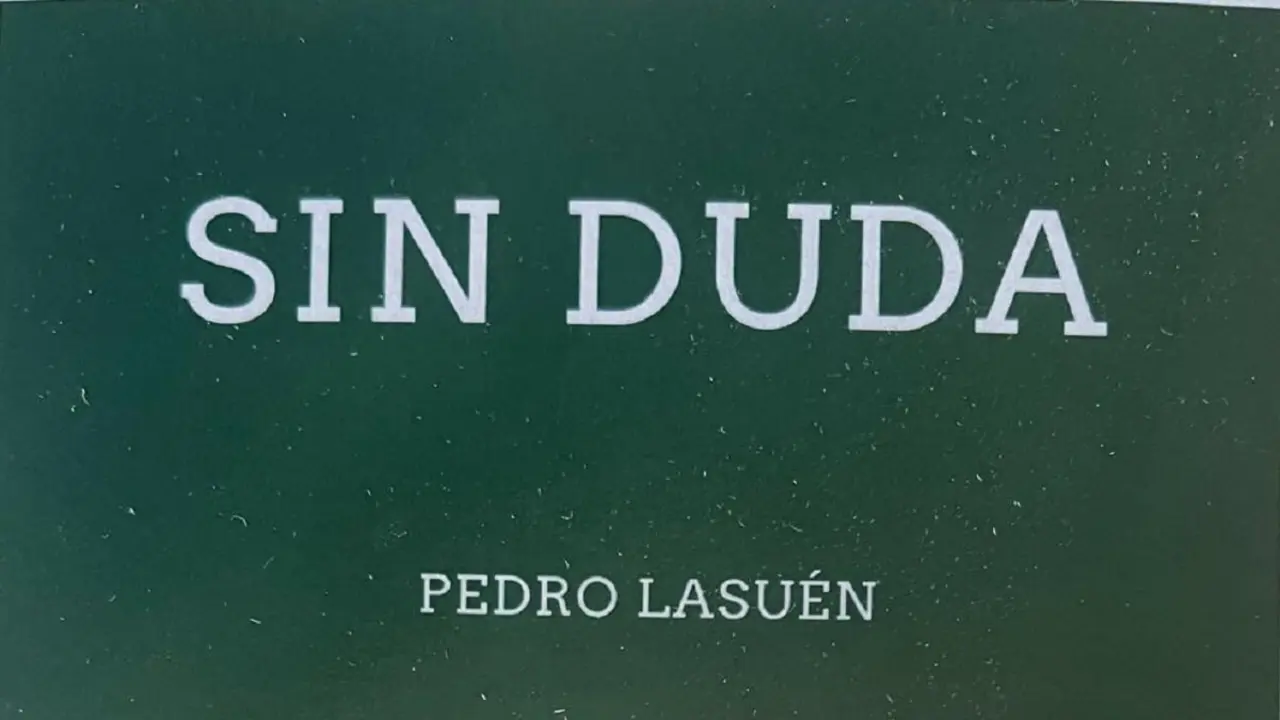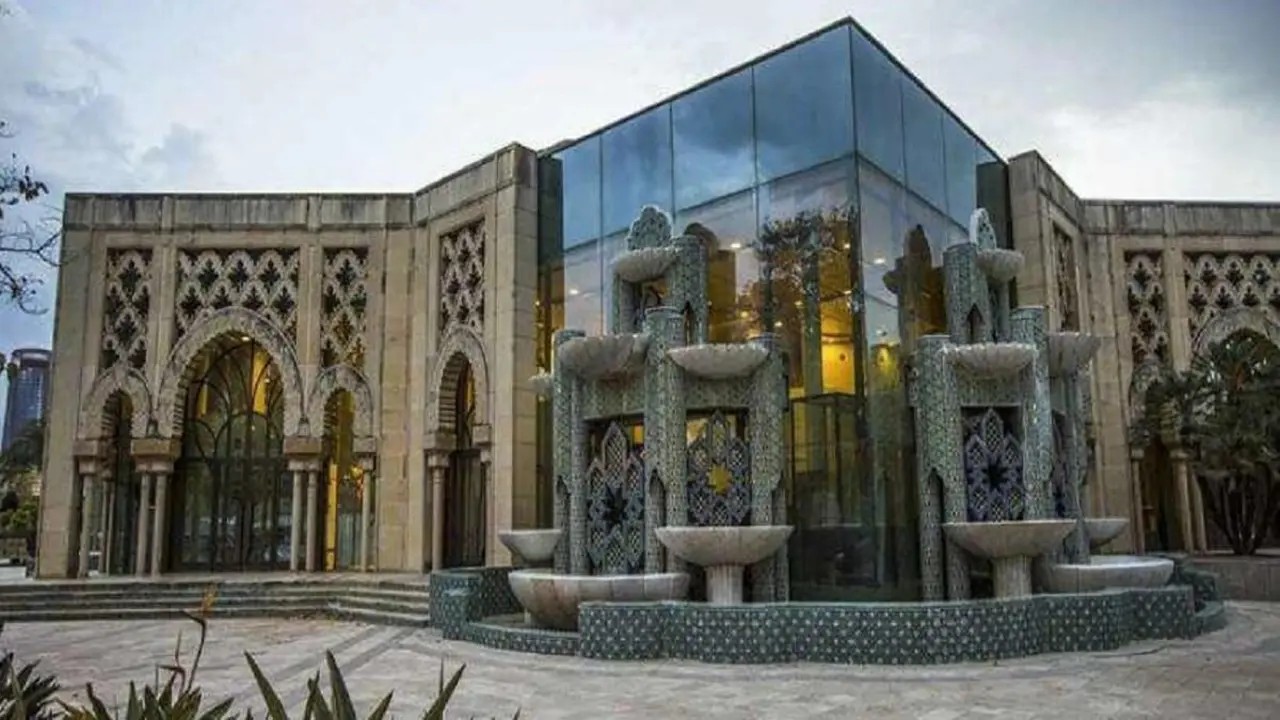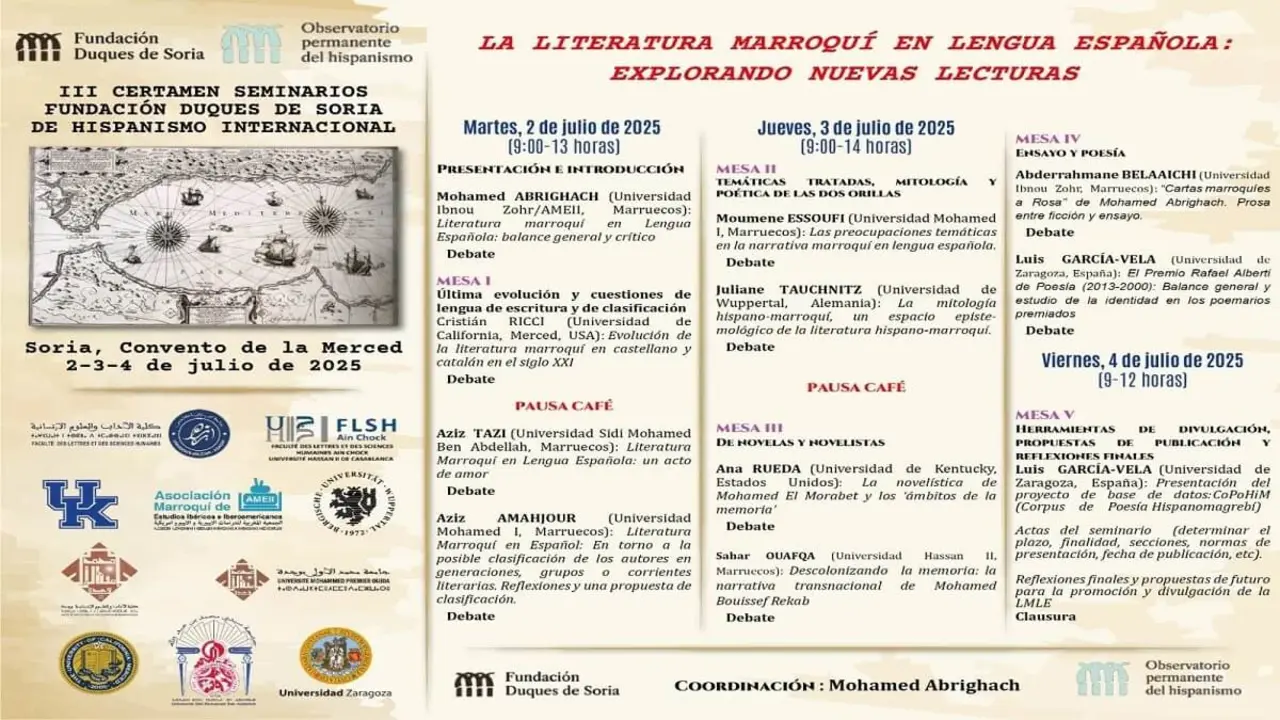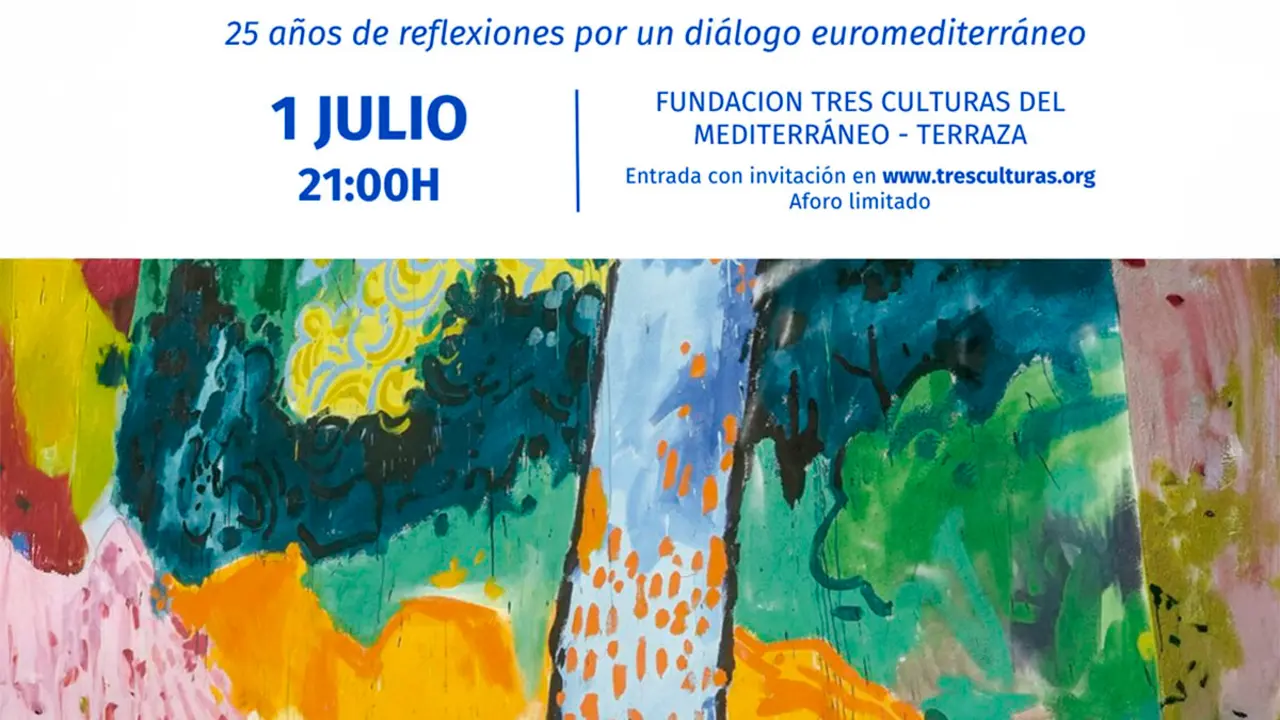From the last glimmers of Impressionism to the 31 women of Peggy Guggenheim, via Weegee
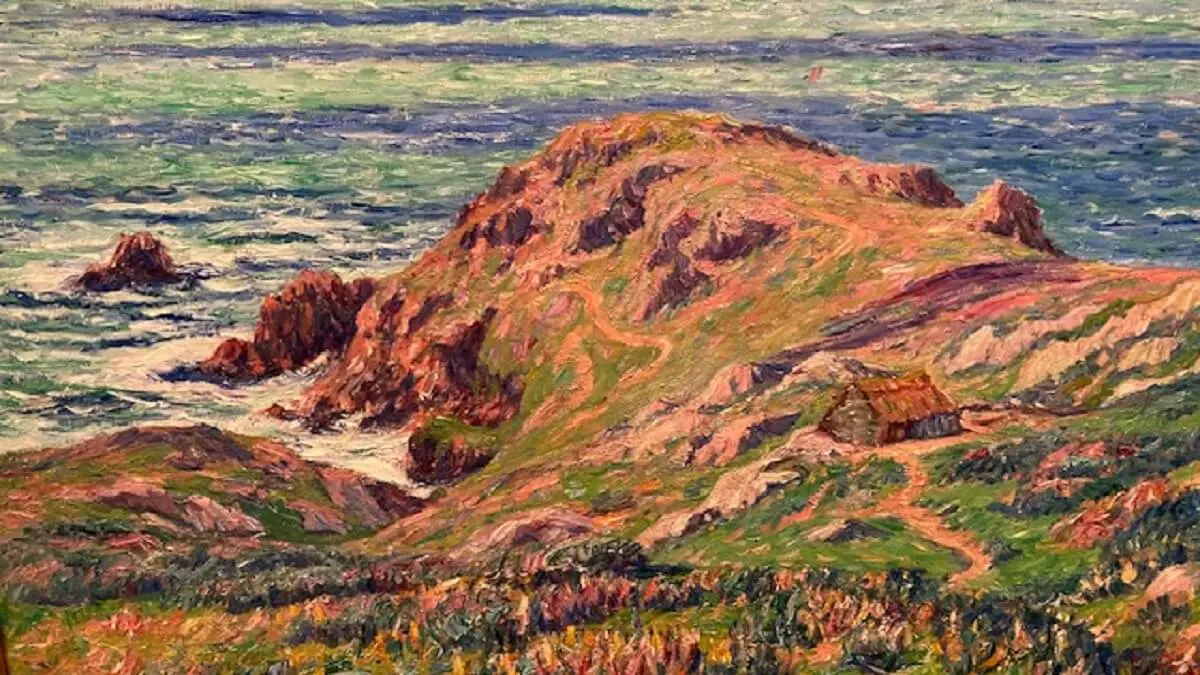
Art dealers were always distinguished by their passionate love for the works they bought and by their no less tenacious defence of the artists in whom they had placed their complacency.
The relationships between them often ran the gamut from undying love to cervical hatred, episodes that have often been recounted in memorable articles, novels and plays.
These mythical figures probably no longer exist, given the deep romanticism that marked their patronage. There may well be many wealthier collectors today who are able to take hold of certain works, but they will rarely be endowed with the deep feeling of their predecessors, convinced in the depths of their souls that they could change the world and the course of history through art, and of course of their authority to condition or modify trends, and thus the course of society as a whole.
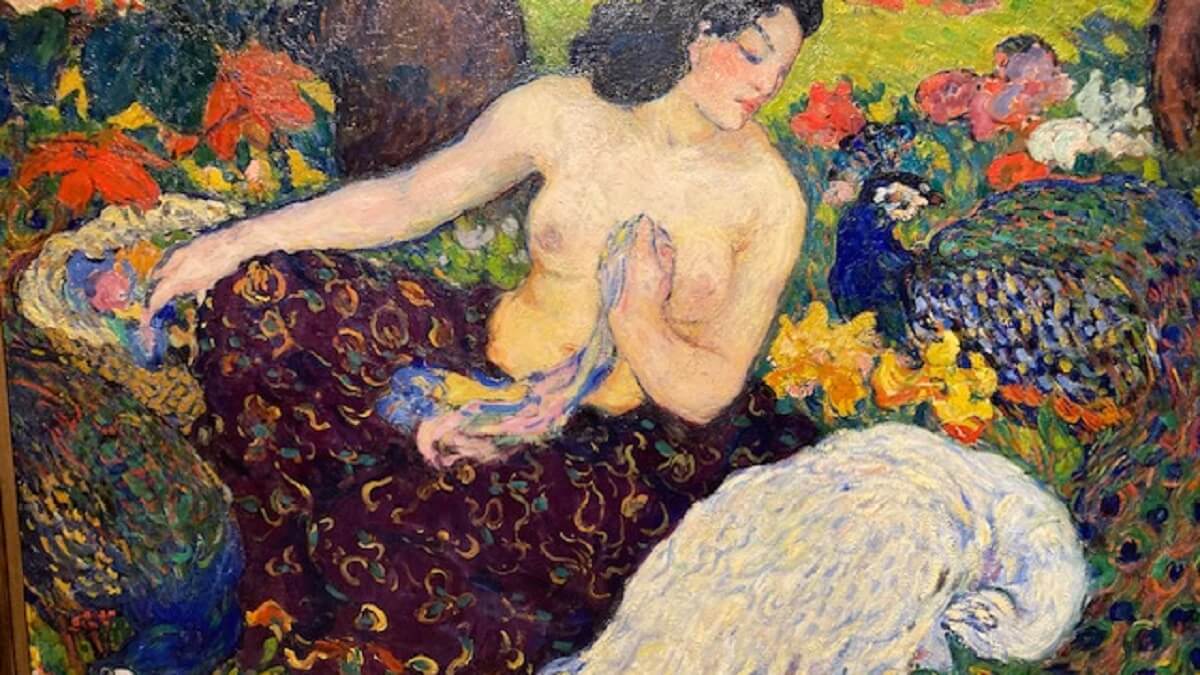
The Frenchman Paul Durand-Ruel (Paris, 1831-1922), gallery owner, collector and one of the most important art dealers on the French cultural scene, known for defending his protagonists from the outset, made a firm commitment in the last years of his life to five young Post-Impressionist painters: Henry Moret, Maxime Maufra, Gustave Loiseau, Georges d'Espagnat and Albert André.
The exhibition now presented by the Mapfre Foundation shows the dealer's relationship with all of them, as well as the artistic career of each of them through a careful selection of their paintings, many of them from private collections, with the aim of making them known to a wider public.
If these artists have not achieved the fame of some of their contemporaries, this is due both to the fact that Durand-Ruel himself did not live long enough to ensure their success, and because at that time in the early 20th century the historical avant-garde movements were in full swing and the work of these five painters seemed less innovative.

If Durand-Ruel's contribution to the history of art was commendable, the contribution of the patron Peggy Guggenheim (New York, 1898 - Padua, 1979) is equally, if not more, important. Her establishment in Paris first, and then in London when Nazism was already beginning to take hold, enabled her to establish relationships with Marcel Duchamp, Constantin Brancusi, Djuna Barnes, Vasili Kandinski and Yves Tanguy, among others.
The exhibition now on show at the Fundación Mapfre is a replica of the Exhibition by 31 Women, an exhibition organised by Peggy Guggenheim herself in 1943 at her New York gallery Art of This Century.
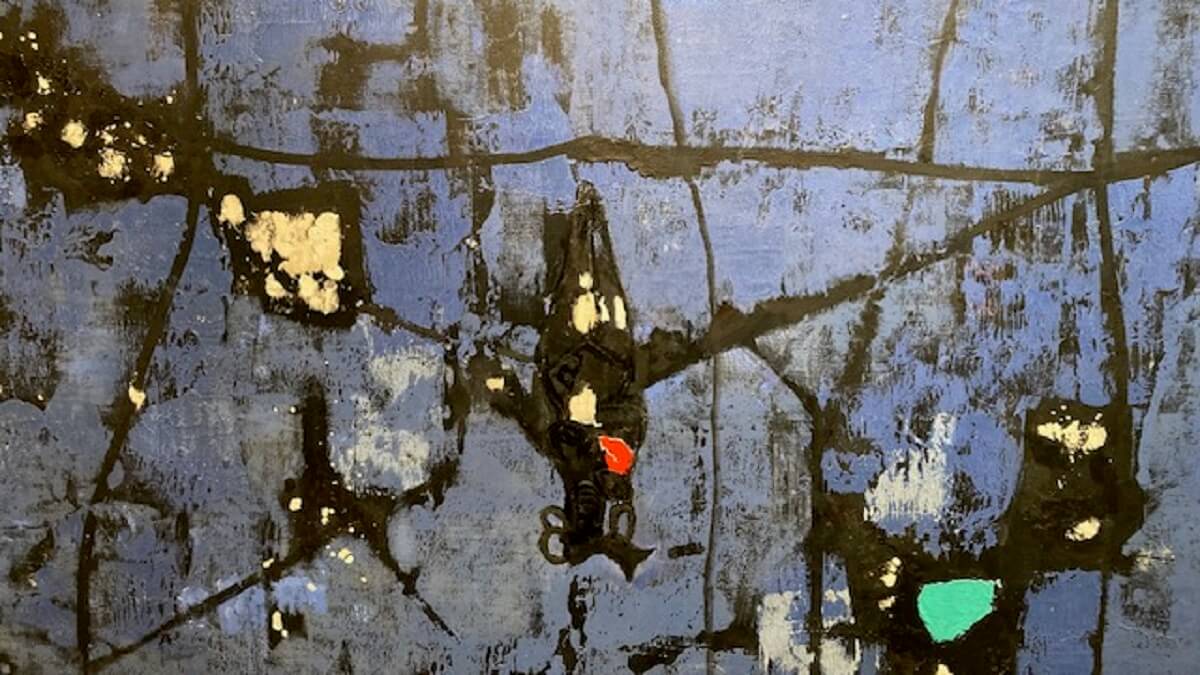
The works are not the same as those in that exhibition, which was a real bombshell in populous New York, which was already overtaking Paris as the world's cultural capital. But there are, however, works by the 31 women who were grouped together in that great New York event, with names as resounding today and then as Leonora Carrington, Frida Khalo, Gypsy Rose Lee, Valentine Hugo, Dorothea Tanning or Maria Helena Vieira da Silva. Many of the works by those 31 artists now belong to the American businesswoman and collector Jenna Segal, who has now donated them for this exhibition in Madrid.
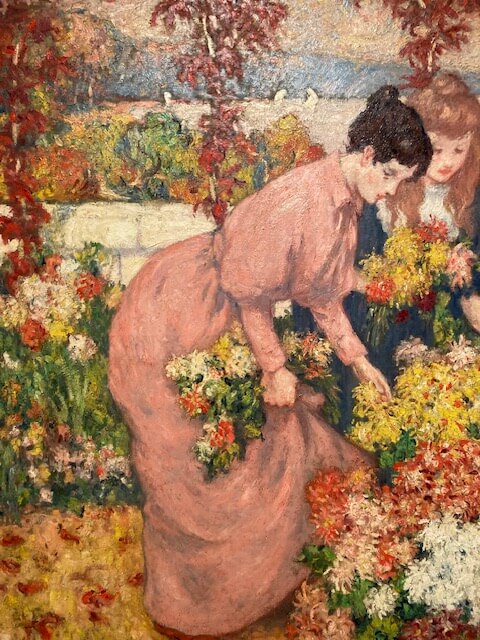
Most of these artists were linked to Surrealism, whose movement led by André Breton and its manifesto is now celebrating its first centenary. He defined it as ‘pure psychic automatism, by means of which an attempt is made to express, verbally, in writing or in any other way, the real functioning of thought’.

This exhibition emphasises the networks of collaboration, solidarity and friendship that were forged between these women artists who, supported by Peggy Guggenheim, asserted their independence and managed to avoid the clichés associated with the label ‘woman artist’ in the art world of that period.

The third exhibition is devoted to an essential figure in American photography in the first half of the 20th century, Arthur H. Fellig, known under the pseudonym Weegee (Zólochiv, 1899 - New York, 1968). His photographs of events, crimes, fires and car accidents were the fuse by which the American media turned these news stories into spectacles, a trend that would eventually permeate society as a whole.
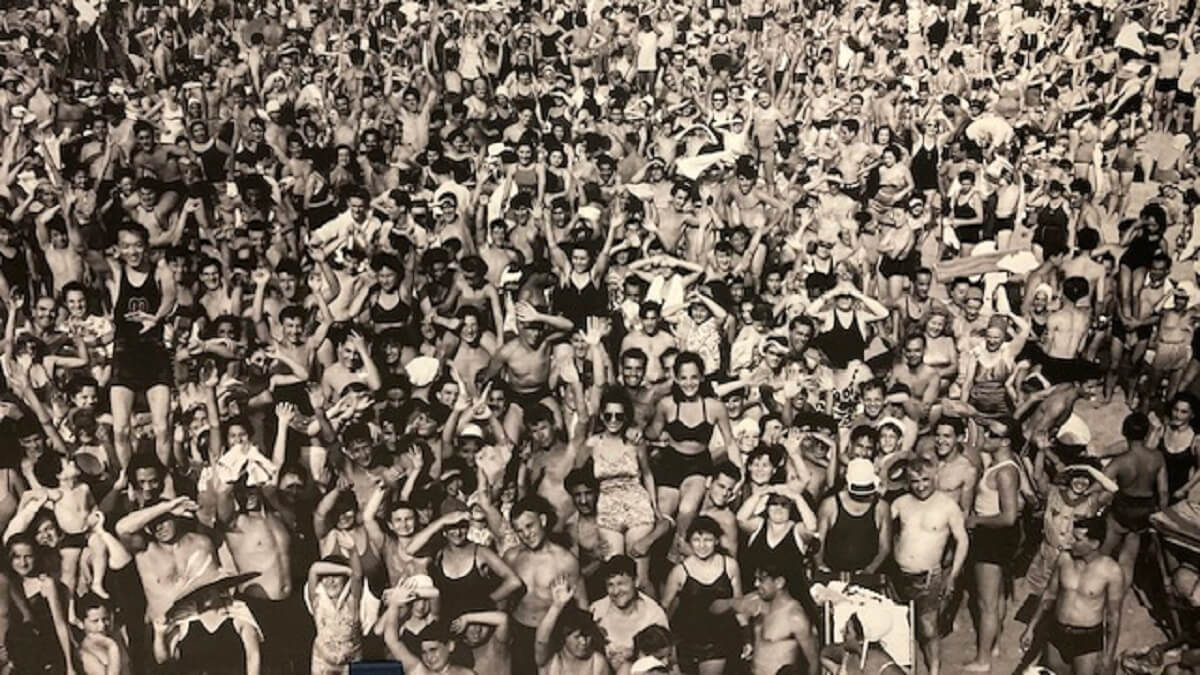
The exhibition now on display in Madrid also aims to showcase a lesser-known part of his career, which took place between 1948 and 1951 in Hollywood, where he focused on show business. This is the moment when he abandoned the dry, sharp, impact photo, whose realism needs no additions, for the laboratory trickery with which he allowed himself to criticise the image of actors, singers, presenters and politicians.
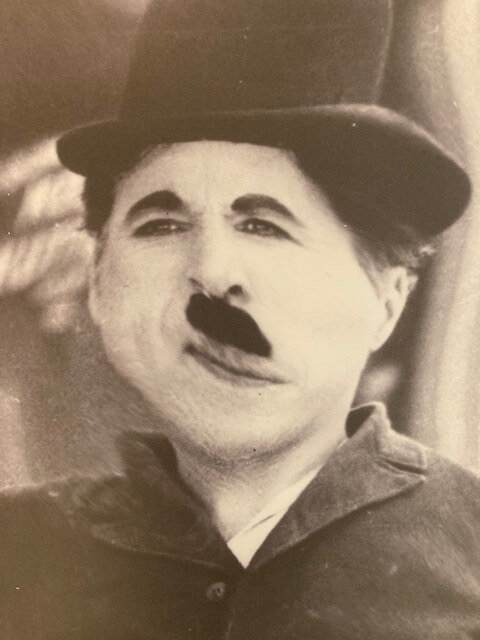
As Clément Chéroux, curator of the exhibition, points out, ‘during his first period in New York, Weegee showed that the tabloids sold their chronicles of events as spectacle. From 1945 onwards, he showed that the media system made celebrities a spectacle to the hilt’.
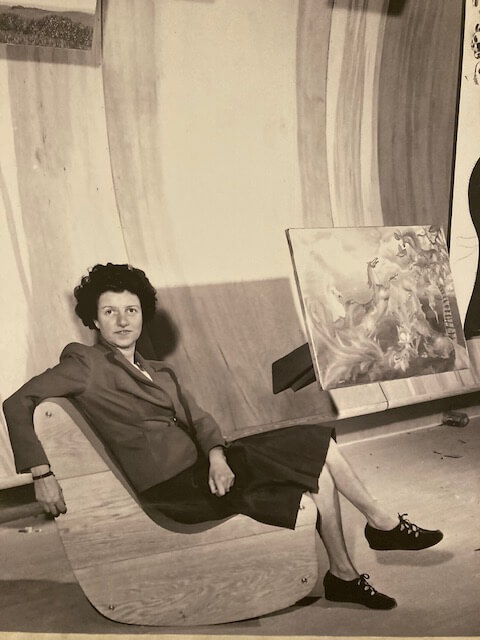
Three exhibitions, in short, that transport the visitor to very different worlds and stories, although the common denominator is always the enormous richness of each artist's different vision of the world that surrounded him or her and that he or she contemplated with critical eyes. A world which, in the end, continues its march, unperturbed, without ever stopping.



